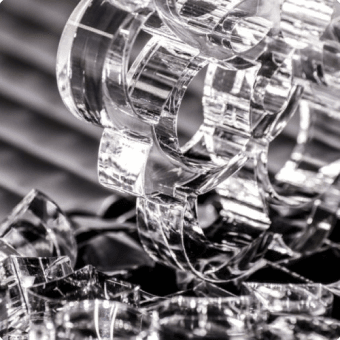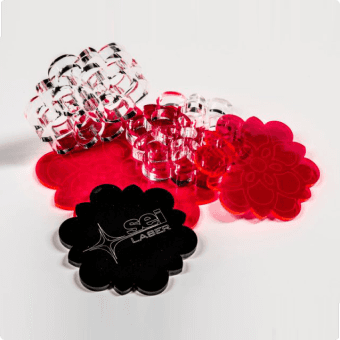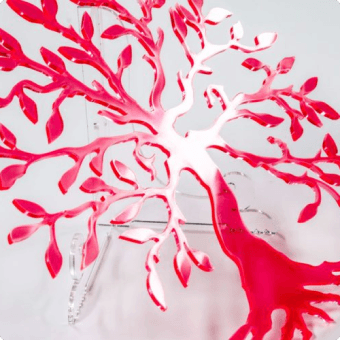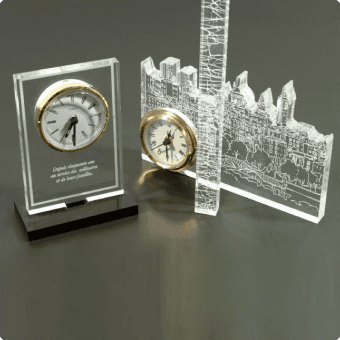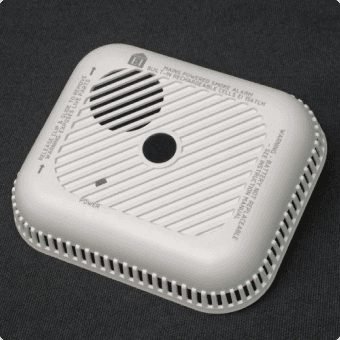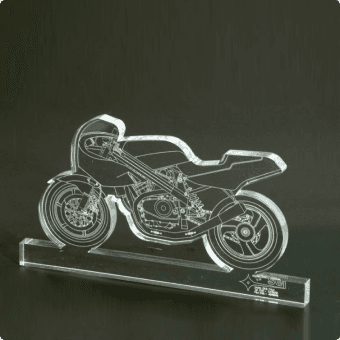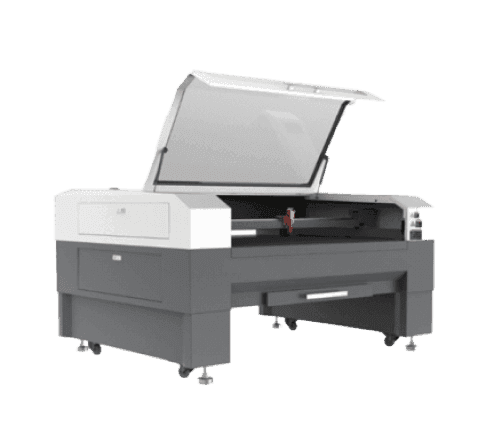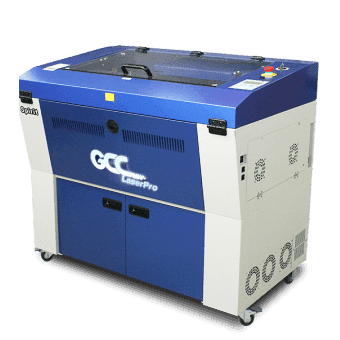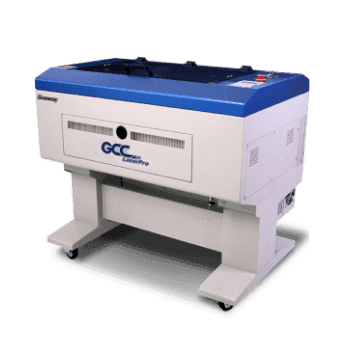Applications
One of the core markets for laser solutions are the companies processing acrylics, who, in many cases, manufacture displays, labels and letters. Cutting plastic foils is also big in this industry.
Just getting started with your laser machine? Trust Laser Technologies to provide “nothing but the best” laser solutions as per your needs.
Meanwhile, see the magic our laser cutting machines can create.
